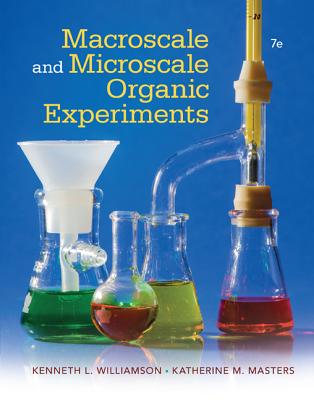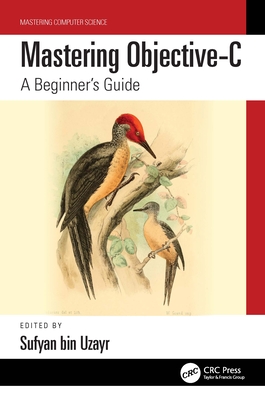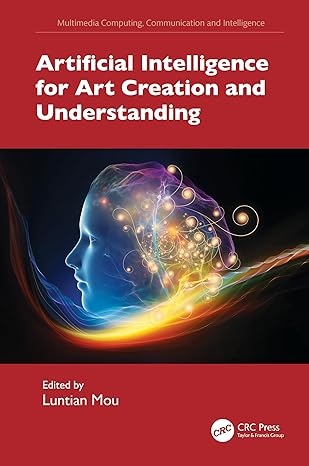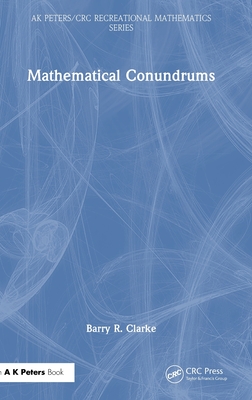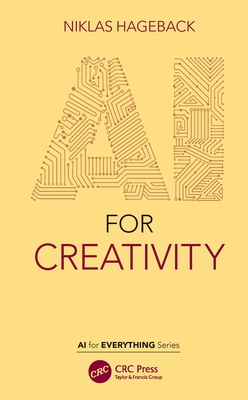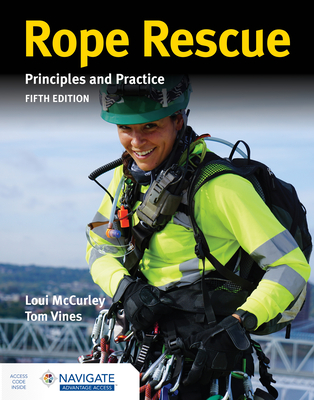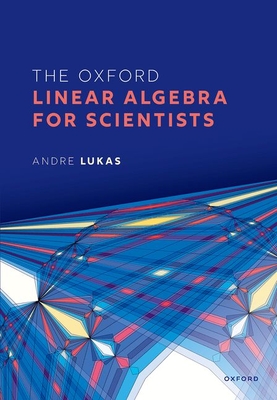图书简介
Now featuring new themed Modules experiments with real world applications, this Seventh Edition of the market leader for the full-year organic laboratory course derives many experiments and procedures from the classic Feiser lab text, giving it an unsurpassed reputation for solid, authoritative content. This proven manual offers a flexible mix of macroscale and microscale options for most experiments, emphasizing safety and allowing instructors to save on the purchase and disposal of expensive, sometimes hazardous, organic chemicals. Macroscale versions for less costly experiments allow students to get experience working with conventionally-sized glassware.
1. Introduction.
2. Laboratory Safety, Courtesy, and Waste Disposal Techniques.
3. Melting Points and Boiling Points.
4. Recrystallization.
5. Distillation.
6. Steam Distillation, Vacuum Distillation, and Sublimation.
7. Extraction.
8. Thin-Layer Chromatography: Analysis of Analgesics and Isolating Lycopene from Tomato Paste.
9. Column Chromatography: Fluorenone, Cholesteryl Acetate, Acetylferrocene, and Plant Pigments.
10. Gas Chromatography: Analysis of Alkene Isomers.
11. Infrared Spectroscopy.
12. Nuclear Magnetic Resonance Spectroscopy.
13. Mass Spectroscopy.
14. Ultraviolet Spectroscopy, Refractive Indices, and Qualitative Instrumental Organic Analysis.
15. Computational Chemistry Elimination, Substitution, and Addition.
16. The SN2 Reaction: 1-Bromobutane.
17. Nucleophilic Substitution Reactions of Alkyl Halides.
18. Radical Initiated Chlorination of 1-Chlorobutane.
19. Alkenes from Alcohols: Cyclohexene from Cyclohexanol.
20. Bromination and Debromination: Purification of Cholesterol.
21. Dichlorocarbene Oxidation and Reduction.
22. Oxidation: Cyclohexanol to Cyclohexanone; Cyclohexanone to Adipic Acid.
23. The Cannizzaro Reaction: Simultaneous Synthesis of an Alcohol and an Acid in the Absence of Solvent.
24. Oxidative Coupling of Alkynes: 2,7-Dimethyl-3,5-octadiyn-2,7-diol.
25. Catalytic Hydrogenation.
26. Sodium Borohydride Reduction of 2-Methylcyclohexanone: A Problem in Conformational Analysis.
27. Epoxidation of Cholesterol.
Aromatic Substitution and Elimination.
28. Nitration of Methyl Benzoate
29. Friedel-Crafts Alkylation of Benzene and Dimethoxybenzene; Host-Guest Chemistry.
30. Alkylation of Mesitylene.
31. The Friedel-Crafts Reaction: Anthraquinone and Anthracene.
32. Friedel-Crafts Acylation of Ferrocene: Acetylferrocene.
33. Reactions of Triphenylmethyl Carbocation, Carbanion, and Radical.
34. 1,2,3,4-Tetraphenylnaphthalene via Benzyne.
35. Triptycene via Benzyne Reactions of Aldehydes and Ketones.
36. Aldehydes and Ketones.
37. Dibenzalacetone by the Aldol Condensation.
38. Grignard Synthesis of Triphenylmethanol and Benzoic Acid.
39. The Wittig and Wittig-Horner Reactions Reactions of Carboxylic Acids, Esters, and Amines.
40. Esterification and Hydrolysis.
41. Acetylsalicylic Acid (Aspirin).
42. Malonic Ester of a Barbiturate.
43. Amines.
44. The Sandmeyer Reaction: 1-Bromo-4-chlorobenzene, 2-Iodobenzoic Acid, and 4-Chlorotoluene.
45. Synthesis and Bioessay of Sulfanilamide and Derivatives.
46. Dyes and Dyeing.
47. Martius Yellow.
48. Diels-Alder Reaction.
49. Ferrocene [Bis(cyclopentadienyl)iron].
50. A Diels-Alder Reaction Puzzle: The Reaction of 2,4-Hexadien-1-ol with Maleic Anhydride.
51. Tetraphenylcyclopentadienone.
52. Hexaphenylbenzene and Dimethyl Tetraphenylphthalate.
Derivatives of 1,2-Diphenylethane: A Multistep Synthesis.
53. The Benzoin Condensation: Catalysis by the Cyanide Ion and Thiamine.
54. Nitric Acid Oxidation; Preparation of Benzil from Benzoin; and Synthesis of a Heterocycle: Diphenylquinoxaline.
55. Borohydride Reduction of a Ketone: Hydrobenzoin from Benzil.
56. The Synthesis of 2,2-Dimethyl-1,5-dioxolane; The Acetonide Derivative of a Vicinal Diol.
57. The 1,4-Addition: Reductive Acetylation of Benzil.
58. Synthesis of an Alkyne from an Alkene; Bromination and Dehydrobromination: Stilbene and Diphenylacetylene.
59. The Perkin Reaction: Synthesis of a-Phenylcinnamic Acid.
60. Multicomponent Reactions: The Aqueous Passerini Reaction.
61. Chemiluminescence: Syntheses of Cyalume and Luminol.
62. Photochemistry: The Synthesis of Benzopinacol Natural Product Chemistry and Biochemistry.
63. Carbohydrates and Sweeteners.
64. Virstatin, a Possible Treatment for Cholera.
65. Biosynthesis of Ethanol and Enzymatic Reactions.
66. The Synthesis of Natural Products: Pseudopellitierene and Camphor.
67. Polymers: Synthesis and Recycling.
Agricultural Science Module: Technique of Distillation and Ester Synthesis
Food Science Module: Techniques of Thin-Layer & Column Chromatography and an Isomerization Reaction
Textile Module: Techniques of Recrystallization & Acid-Base Extraction and Synthesis of Methyl Orange
Forensics Module: Two-Step Synthesis & Blood Detection
68. Searching the Chemical Literature.
Trade Policy 买家须知
- 关于产品:
- ● 正版保障:本网站隶属于中国国际图书贸易集团公司,确保所有图书都是100%正版。
- ● 环保纸张:进口图书大多使用的都是环保轻型张,颜色偏黄,重量比较轻。
- ● 毛边版:即书翻页的地方,故意做成了参差不齐的样子,一般为精装版,更具收藏价值。
关于退换货:- 由于预订产品的特殊性,采购订单正式发订后,买方不得无故取消全部或部分产品的订购。
- 由于进口图书的特殊性,发生以下情况的,请直接拒收货物,由快递返回:
- ● 外包装破损/发错货/少发货/图书外观破损/图书配件不全(例如:光盘等)
并请在工作日通过电话400-008-1110联系我们。
- 签收后,如发生以下情况,请在签收后的5个工作日内联系客服办理退换货:
- ● 缺页/错页/错印/脱线
关于发货时间:- 一般情况下:
- ●【现货】 下单后48小时内由北京(库房)发出快递。
- ●【预订】【预售】下单后国外发货,到货时间预计5-8周左右,店铺默认中通快递,如需顺丰快递邮费到付。
- ● 需要开具发票的客户,发货时间可能在上述基础上再延后1-2个工作日(紧急发票需求,请联系010-68433105/3213);
- ● 如遇其他特殊原因,对发货时间有影响的,我们会第一时间在网站公告,敬请留意。
关于到货时间:- 由于进口图书入境入库后,都是委托第三方快递发货,所以我们只能保证在规定时间内发出,但无法为您保证确切的到货时间。
- ● 主要城市一般2-4天
- ● 偏远地区一般4-7天
关于接听咨询电话的时间:- 010-68433105/3213正常接听咨询电话的时间为:周一至周五上午8:30~下午5:00,周六、日及法定节假日休息,将无法接听来电,敬请谅解。
- 其它时间您也可以通过邮件联系我们:customer@readgo.cn,工作日会优先处理。
关于快递:- ● 已付款订单:主要由中通、宅急送负责派送,订单进度查询请拨打010-68433105/3213。
本书暂无推荐
本书暂无推荐
